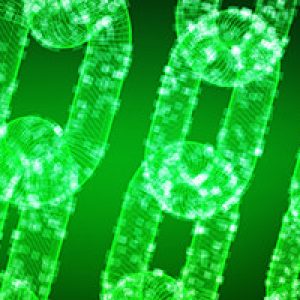CompTIA Security+: Survey of Malicious Activities
Explore various malware attacks and their detection. Understand network, application, and cryptographic attacks. Learn about password attacks and compromise indicators.
About this course
Malicious software, also known as malware, comes in a variety of attack vectors and characteristics. The ability to stay current with the different malware and variants is one of the biggest challenges for modern security professionals. Begin this course by exploring malware attacks like ransomware, trojan horses, and logic bombs. Then you will investigate physical and network attacks including brute force, denial-of-service, and credential replay attacks. Next, you will focus on application and cryptographic attacks, such as buffer overflow, privilege escalation, collision, and birthday attacks. Finally, you will take a look at password attacks and discover indicators of compromise, like concurrent session usage, blocked content, and impossible travel. This course is part of a series that prepares you for the CompTIA Security+ (SY0-701) exam.
Learning objectives
Discover the key concepts covered in this course
Compare malware attacks, including ransomware, trojan horses, remote access trojans (rats), worms, viruses, spyware and bloatware, keyloggers, logic bombs, and rootkits
Define physical attacks, such as brute force, radio-frequency identification (rfid) cloning, and environmental
Show all









There are no reviews yet.